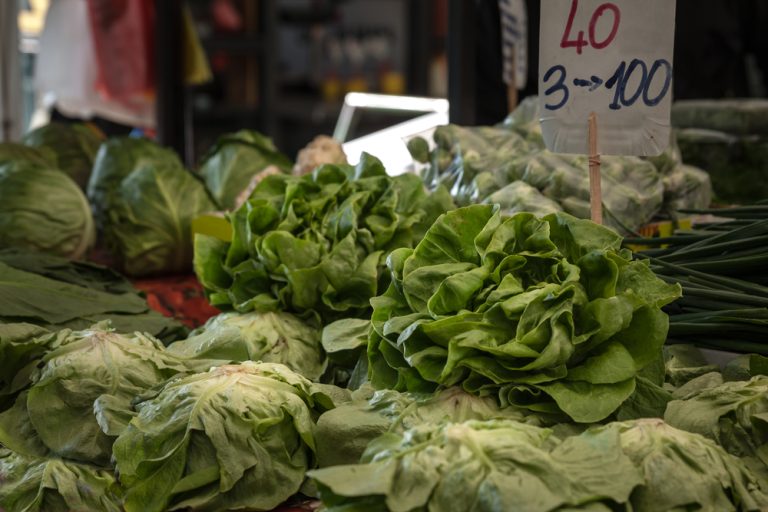The effect of rising inflation
The word ‘inflation’ doesn’t only dominate business news headlines but finds its way into general news reports too. So, what is inflation and how does it affect you? In simple terms, inflation signifies a rise in the price of goods and services, meaning you pay more for every purchase you make. Does the US influence Australia’s inflation rate? It is not a surprise that countries in today’s world are more connected than ever before. Therefore, a rise in US inflation rates will impact the Australian economy too. However, the degree and timing of its impact will vary. For example, a rise in labour costs in the US may have a limited impact on Australians; however, an increase in the price of iPhones or Nike shoes in the US will reflect in their price in Australia too. What will be the impact of rising US inflation on Australia’s economy? Interest rate movements made by the US Federal Reserve Bank (the Fed) are closely monitored by central banks worldwide, including the Reserve Bank of Australia (RBA). Over the past decade, many developed economies, including the US and Australia, have reduced interest rates to boost their economies. With rates rebounding from all-time lows there is an expectation that rates will continue increasing due to the strong performance of those economies. Quite often when the Fed increases its interest rate, Australia is quick to follow suit. The cost of borrowing funds will increase, leading to a rise in the inflation rate, making goods and services more expensive. Rising inflation rates can also negatively impact the Australian dollar, where one AUD buys less USD than it may have done previously. What will be the effect on investors? A rise in inflation affects investment markets negatively due to higher interest rates, volatility in the economy and uncertain share prices. For some investors, rising interest rates mean paying more interest on their home loan, which reduces their disposal income and, in turn reduces their capacity to invest. For retirees, an increase in the price of goods and services at a time of share market volatility can lead to having to sell more of their investment assets (potentially at a loss or reduced profit). Also, there could be uncertainty in dividend income, which many retirees often rely upon. Retiree investors will have fewer years to recover from a drop in their portfolios compared to younger investors. How should you prepare for a rise in inflation? It is important to first analyse your personal cashflow situation to understand where your money goes. Consider fixing at least part your home loan to limit your exposure to rising interest rates. Reconsider new personal loans, such as car loans. Do you need to take on new debt when interest rates are likely to increase? For the risk-taking investor, it can be tempting to invest more money into shares when prices are falling, but always consider averaging your position to avoid market timing risk. For investment purposes, consider having exposure in well established companies “blue chip stocks” vs riskier stock. Investors often find comfort knowing their funds are exposed to good quality companies with strong balance sheets. If the thought of rising inflation leaves you feeling unsettled, be sure to talk to a professional adviser. Your adviser will review your financial position, your ability to meet your financial obligations, as well as identify strategies to outpace inflation. The information provided in this article is general in nature only and does not constitute personal financial advice.


